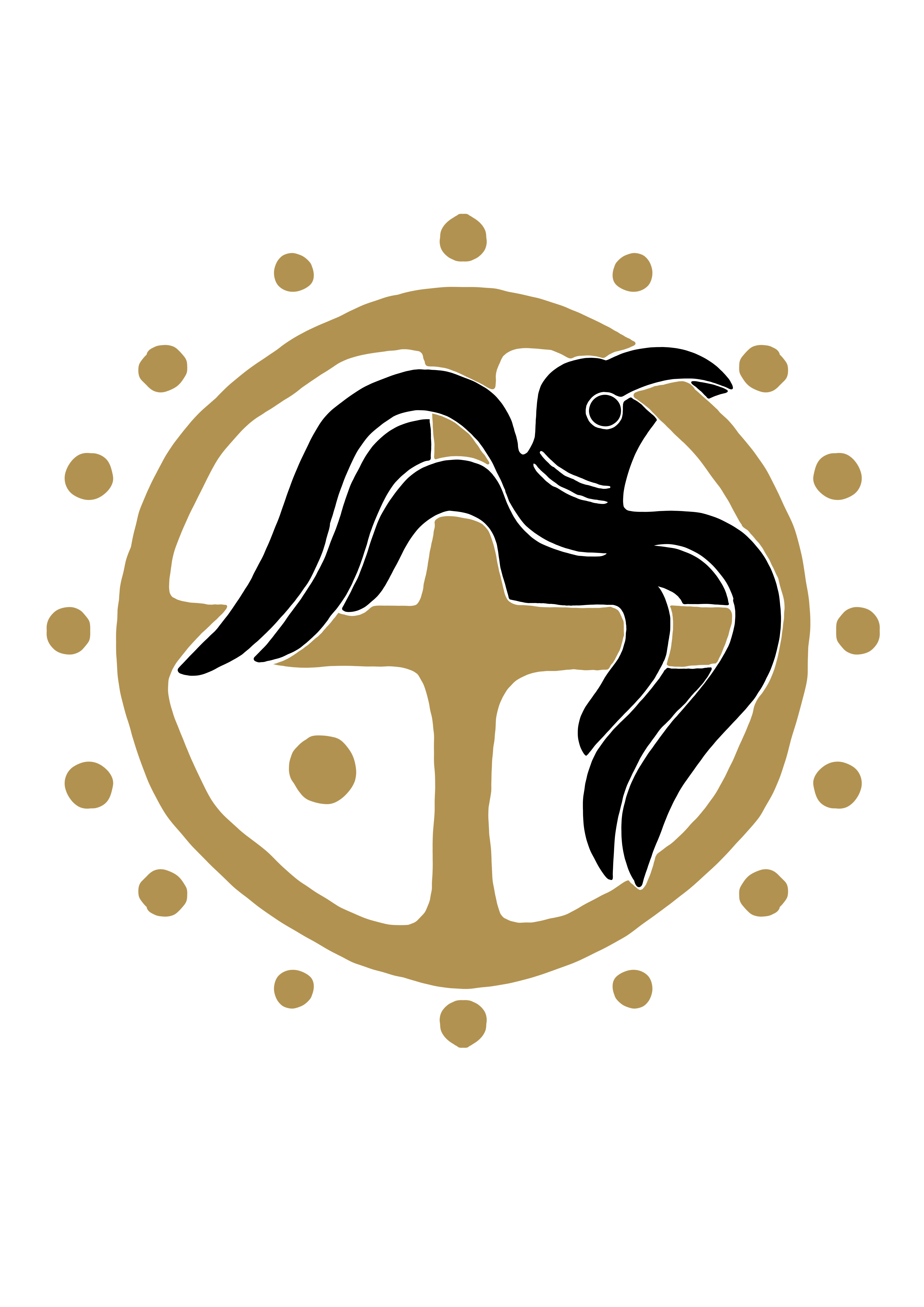Old Norse Gods, Odin Statue, Wood Hand Carved
This Odin statue has been crafted from wood with specific details including runic compass and Runic alphabet.
Material: linden wood (basswood, lime tree), linseed oil with wax
Size: 18 cm / 7.1 inches
Odin, also called Wodan, Woden, or Wotan, one of the principal gods in North mythology.
Some general information about how pagans historically worshipped Odin, as recorded in various sources such as Norse sagas and Eddic poems.
One of the most famous prayers to Odin is found in the "Hávamál," a collection of Old Norse poems that contains wisdom and advice attributed to Odin. The prayer is known as the "Rúnatal," and it is said to be a recitation of the knowledge Odin gained after sacrificing himself on the world tree, Yggdrasil.
Another well-known prayer is the "Sigdrífumál," which is also found in the "Hávamál." This prayer is addressed to a valkyrie named Sigdrifa, who reveals knowledge and advice to the hero Sigurd.
In addition to these specific prayers, pagans may also offer more general prayers or invocations to Odin as part of their worship. These might include expressing gratitude for Odin's wisdom or guidance, seeking his protection or aid in battle, or asking for his blessings on important endeavors.
Odin was one of the most important gods in Norse mythology and was associated with wisdom, war, death, and poetry. Historically, pagans worshipped Odin through various rituals, sacrifices, and offerings.
One of the most common forms of worship was offering sacrifices of animals, particularly horses, to Odin. These sacrifices were often performed in outdoor settings, such as at a sacred grove or a standing stone, and involved rituals led by a priest or shaman.
Other forms of worship included singing hymns or songs in honor of Odin, reciting poetry, or engaging in acts of bravery or martial prowess to honor his association with war and battle.
Additionally, many pagans believed that Odin could be contacted through seances or visions, and would seek to communicate with him through trance-like states or ritualistic practices.
It's worth noting that modern pagan practices can vary widely, and may not necessarily involve the same rituals or beliefs as those historically associated with the worship of Odin. If you're interested in learning more about modern pagan practices, I'd recommend seeking out resources from reputable sources and engaging in respectful dialogue with members of the pagan community.
From earliest times Odin was a war god, and he appeared in heroic literature as the protector of heroes; fallen warriors joined him in Valhalla. The wolf and the raven were dedicated to him. Odin is associated with healing, death, royalty, the gallows, knowledge, battle, sorcery, poetry, frenzy, and the runic alphabet, and is the husband of the goddess Frigg.
In Norse mythology, Odin is associated with wisdom, healing, death, royalty, the gallows, knowledge, battle, sorcery, poetry, frenzy, and the runic alphabet.
Odin is a prominent figure in Norse mythology and is regarded as the god of wisdom, knowledge, war, and death. In ancient times, people would build altars to honor Odin and make offerings to him.
The design of Odin altars varied depending on the location and the purpose of the altar. Some were simple and consisted of a stone or wooden platform where offerings were placed, while others were more elaborate and included carvings, sculptures, and other decorations.
In general, Odin altars would include items associated with the god, such as weapons, animals, and symbols of wisdom and knowledge. Some common items placed on Odin altars include swords, spears, ravens, wolves, books, and runes.
Offerings made to Odin on altars would often include mead, wine, and other alcoholic beverages, as well as food items like meat, bread, and cheese. People would also sometimes offer items of personal value to them, such as jewelry or other trinkets.
Today, many people still honor Odin by building altars and making offerings to him as part of their spiritual practices. These altars can take many forms, from simple arrangements of items on a shelf to elaborate structures that include statues and other artwork. The specific items placed on the altar and the offerings made will depend on the individual's beliefs and practices.

